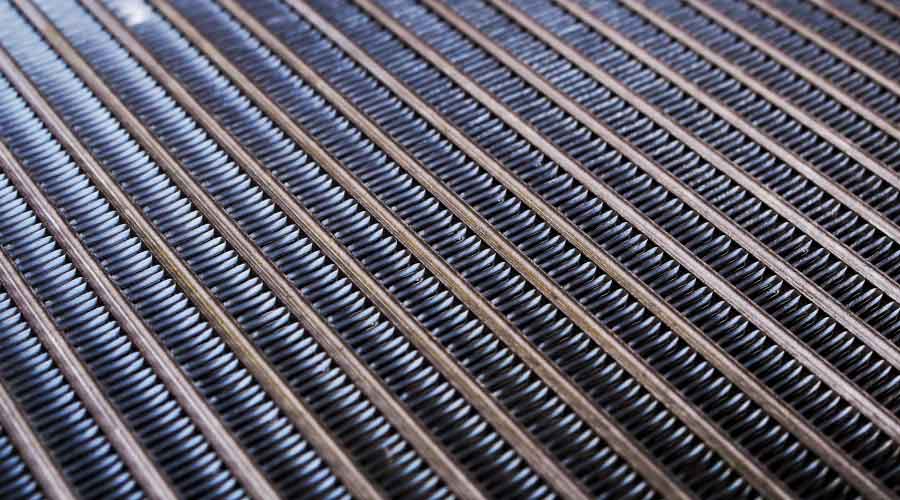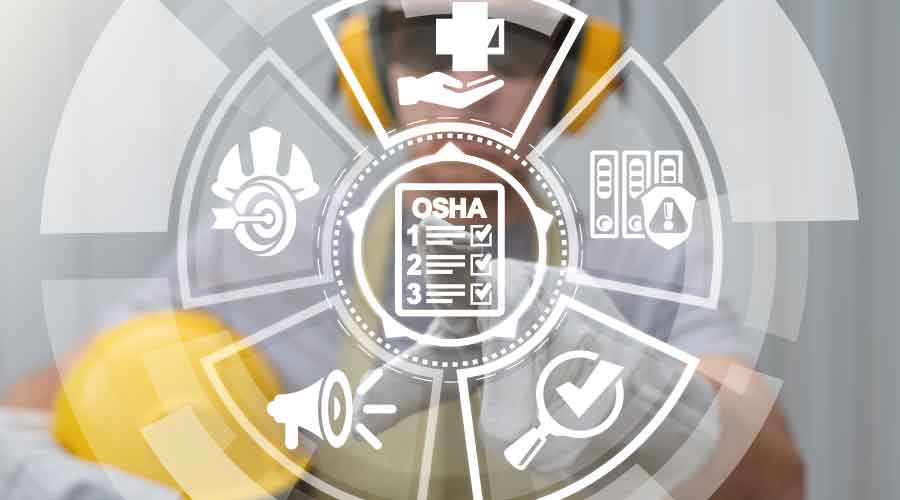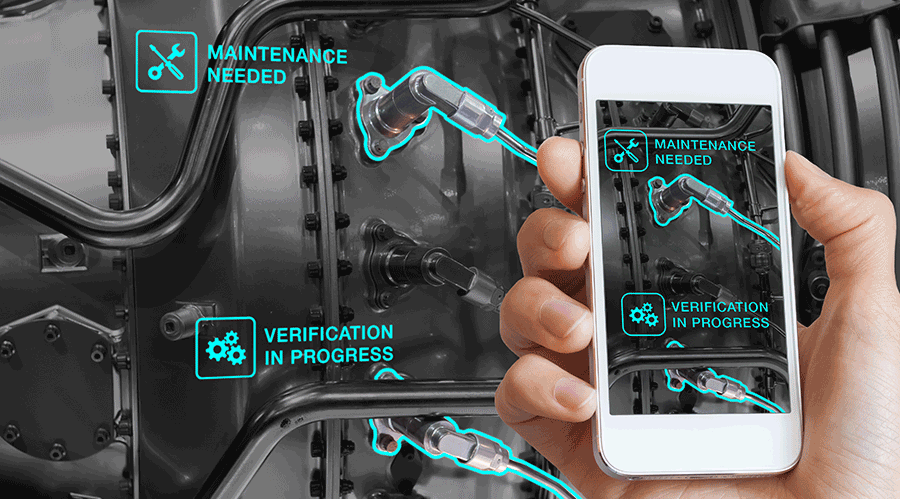How to Maximize Innovation: Use a Little TLC
Not TLC in the typical sense -- instead, focusing on time, labor, and control can help managers ensure investments in facility technology pay off.
Maintenance and engineering managers are entering a new era. The profession is trying to rebrand itself by shedding the time-worn image of facility maintenance technicians as simply replacing like with like and fixing things when they break.
The challenge is daunting because their departments are rarely perceived as hotbeds of innovation. Much of the innovation in facilities is attributed to the design phase.
In recent years, equipment and technology for institutional and commercial facilities have seen tremendous innovations. Consider the vast array of improvements in boilers, chillers, HVAC controls, lighting controls, condition monitoring, and remote monitoring and diagnostics.
Unfortunately, studies show that most investments in new building equipment and technology innovations fail to achieve the desired results or performances, due in large part to the lack of ability or knowledge among front-line maintenance and engineering technicians.
Given the fact that the equipment and systems technicians are responsible for have become so complicated, it’s no wonder that most investments in facilities technology and equipment don’t deliver the desired results.
To remedy this situation, I suggest maintenance show facility maintenance technicians a little TLC. I’m not suggesting TLC in the typical sense of exchanging morning hugs with the maintenance staff.
I propose allowing the group the time, labor, and control they require in order to achieve the desired outcomes from these investments in facility innovation.
Taking the time
I’ll reference two points in time related to becoming a new employee and to performing daily maintenance activities.
First, the most important time for a new employee is his or her first 48 hours on the new job. These first few hours lay the foundation for the rest of their employment with the organization. Think about your first day on the new job. For too many front-line technicians, it goes something like this:
Show up at 8 a.m. and sit in the lobby until the manager comes out. Walk around with the new boss, meeting 34 new names and faces. Find the new office or workspace. Find out no user identification or password has been set up. Then hear the manager say, “If you need anything, I’ll be right down the hall.”
The technician has just been set up to fail and will spend the next several weeks or months trying to figure out much of it on their own, along the way probably asking if accepting the new job was a mistake.
The same scenario applies to new equipment when it arrives in a facility and is installed by contractors. No one from the in-house maintenance and engineering staff was part of the design, installment, or start-up. The installer hands over the keys, the owner’s manual and the responsibility for maintaining it. The department and technicians have been set up to fail.
Instead, managers need to ensure that technicians have the time to train on the equipment. The necessary skills training on the newly installed equipment will pay dividends for years to come, and it will enable organizations to realistically achieve the expected performance of the new equipment.
Second, time is a critical issue for a technician when it comes to maintaining equipment. Maintenance technicians must be given adequate time to fix the malfunctioning or inefficient equipment, not just work on it.
About 63 percent of an average maintenance technician’s activity is self-induced maintenance, meaning working and reworking the problem Whatever this process is called, technicians always seem to have time to do it over and over again but never enough time to do it right the first time.
Here is where maintenance planning and scheduling can play a vital role in the success of maintaining assets efficiently and cost-effectively. With proper job planning and a robust scheduling process and the support of a well-organized materials storeroom, technicians will have adequate time to schedule the work and perform the activity to a high level of quality assurance and quality control.
Looking at labor
Even before the COVID-19 pandemic, finding, hiring and retaining front-line maintenance technicians was a tough task. The pandemic and its aftermath have only complicated the situation. Organizations now are offering a wider range of scheduling options to make jobs more appealing.
One facility I’m working with has implemented rotating shifts so that the maintenance staff works 12-hour shifts 14 straight days, followed by seven straight days off. I believe we will see more of these types of schedules being offered.
Yet even with flexible schedules, signing bonuses, and pay increases, industry leaders and participants report a serious lack of skilled resources making their way to facility maintenance. ABC News, The Wall Street Journal, and many other news organizations have spotlighted the growing trend of limited human resources in the marketplace.
Facility maintenance needs to bring the sexy back. With new innovations and the impact of green facilities, managers need to emphasize the cutting-edge aspects of facility maintenance and engineering. The Gen Zs are on track to be the most well-educated generation, yet they are also digital natives who have little or no memory of the world as it existed before smartphones.
Organizations, institutions, and facilities must train and prepare individuals to repair and maintain sophisticated electrical and mechanical systems, as well as physical structures of commercial and institutional buildings. Managers need to emphasize the multi-disciplinary systems maintenance, troubleshooting, and problem solving.
This emphasis needs to include the continued growth and use of the Internet of Things, drones, and smart devices used in facility maintenance today. Millennials and Gen Zs can and will have a profound impact on the future of facility maintenance.
Control considerations
Control can mean several things in the context of supporting front-line technicians and maximizing their contributions. It can refer to labor and cost control, condition monitoring using predictive or preventive maintenance programs, and perhaps budget controls. With any innovation, control is essential, and as stated earlier, reports indicate that most organizations fail to achieve the desired performance of a recently installed technology innovation, relating directly to the ability or lack of their front-line maintenance technicians.
So managers can ensure control by establishing baseline performance requirements, monitoring that performance, and reacting correctly to any deviation. Managers need to develop policies and procedures, technicians must adhere to maintenance strategies, and professionally trained technicians need to capture all task-related data on work orders. Managers then need to use this data to identify where the labor hours and dollars are being spent and perhaps use innovations to minimize those costs
Managers looking to invest in new facility technology and equipment must balance cost, performance, and risk. There is a risk of overusing technology, which tends to fall on the expensive end of the spectrum, but they must identify risks and develop the appropriate strategies to eliminate or mitigate those risks.
To maximize these investments in innovation, it is essential that managers have a robust training program, capture equipment history on work orders, diagnose root-cause failures, and involve technicians in more proactive maintenance activities. All of these efforts will give the next generation a fighting chance to maintain the equipment they’re responsible for.
It’s an exciting time to be involved in facility maintenance and engineering. The advances in technology, the resulting efficiency improvements, and the opportunities to improve the sustainability of facilities are boundless. Managers who show their technicians a little TLC can take a big step toward achieving these goals.
Related Topics:












